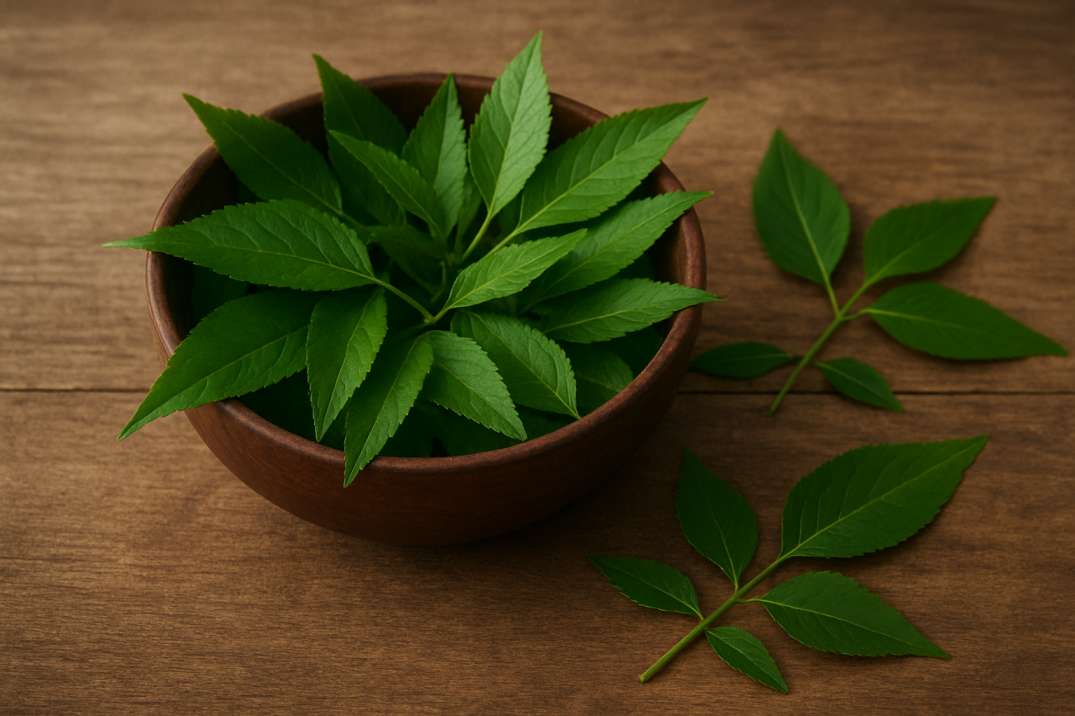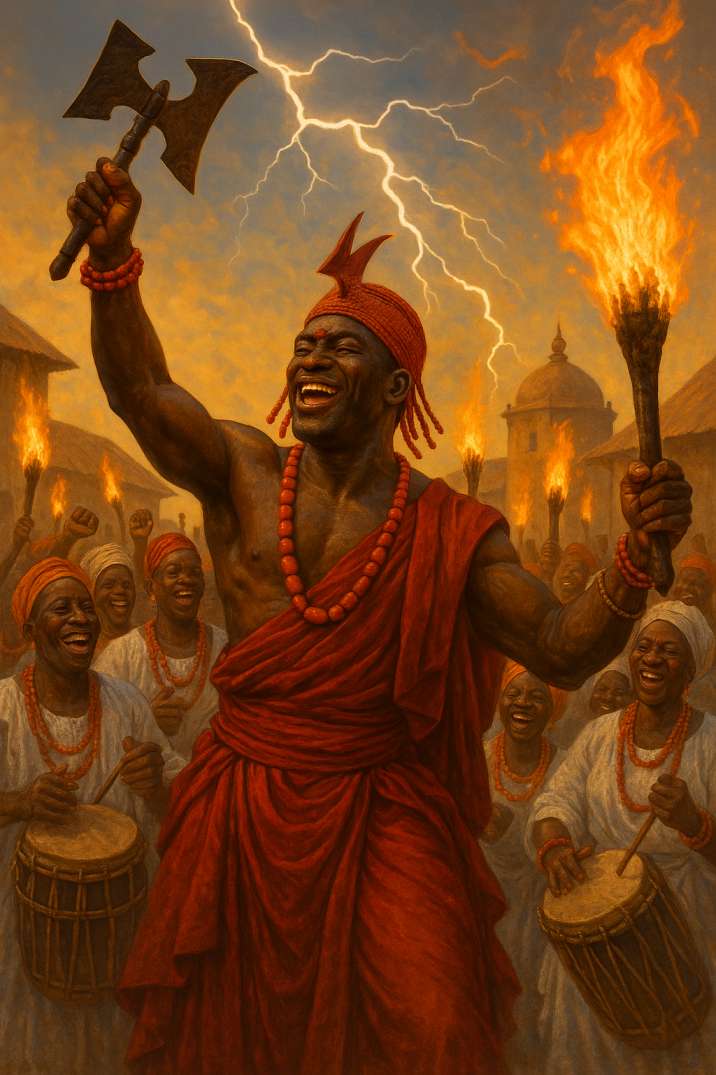Henna has evolved into a universal commodity that encompasses both decorative tattoos along with colouring of hair. People widely praise henna for its detailed artwork, but its cultural history extends far beyond this appreciation. Traditional practitioners in India, Pakistan and Africa along with the Middle East countries consider henna the ancient art form they call “mehndi” in their tongues. Henna has survived countless years to become more than just a simple decoration. This is because it embodies traditional values combined with therapeutic properties. Henna also plays a deep role in social connections in the regions that practice it.
Different application practices reflect these cultural and social meanings, and these practices vary based on local values and historical background. For example, the traditional Indian and Pakistani bridal mehndi experience includes extensive pattern designs which represent both love and reproductive success. Arabic style henna motifs emphasize bold floral designs and expansive dark space throughout henna patterns. In North African wedding traditions like Morocco, it demands precise geometric forms which are usually applied to hands and feet before a bride’s nuptials. The application of henna as thick abstract designs occurs across West African regions too, particularly in Nigeria to salute women through transition ceremonies while honouring their strength.
Every intricate pattern present in a design is what makes henna art significant. Henna artistry features images which depict certain meaning. For example, peacocks represent beauty, lotuses represent purity; and together with mangos they represent prosperity. When henna artists create bridal designs, they conceal the groom’s initials to bring forth a succinct statement of private attachment. It is a way of symbolizing the union between the couple and it believed to bring good luck. Through its symbolic meaning, henna creates a verbal language which bestows both safety and happiness on those who receive it. Henna also creates cultural connections with both sexes across certain societies although it has become primarily known as a feminine tradition. Yemeni men use henna on their facial hair for both colouring purposes and the protective effect while Sudanese grooms wear particular patterns during their wedding ceremonies. The notion of henna exclusively belonging to one gender faces challenges because this art form truly embraces both genders.
Beyond its cultural and aesthetic significance, henna holds a wealth of medicinal benefits that rival its artistic application. Henna contains lawsone compounds which deliver anti-inflammatory and antifungal effects that benefit people with eczema along with burn patients and those dealing with scalp conditions. Several studies conducted by modern science techniques show henna succeeds in treating wounds. Henna also has cooling properties which provides relief. The practice of soaking the hands and feet in the paste when the weather is harsh has been a tradition of working people and wanderers for generations. It was believed to have been discovered by desert dwellers.
These traditional applications of henna have changed over time. Today, multiple factors now bring together traditional uses with contemporary applications of henna. Henna serves as an environmentally friendly alternative to synthetic dyes which makes it a modern choice that suits current trends in a developing world. Henna exists as an enchanting component because it appears as momentary designs yet creates permanent indicators of cultural expression. As tradition evolves henna demonstrates its capability to mark brides’ hands and protect sunburned epidermis while staying affiliated with the global cultural mosaic which stands equally alive and vibrant as the people it enhances.
Written By : Chinyeluogor Okafor



